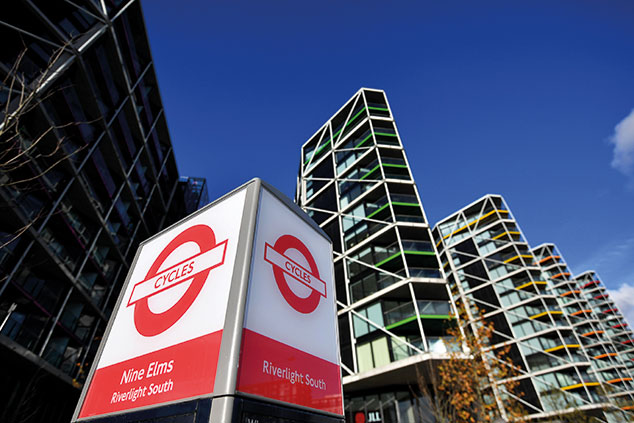
Build-to-rent investors are snapping up London flats. Should you join them?
Here’s yet another piece of evidence, should you need it, that the housing market slowdown is continuing to hit the London market hard. In the three months to June as many as 40% of new-build houses sold in the British capital went to “build-to-rent” investors, rather than individual buyers. These companies build up portfolios of rental accommodation for investors. Due to their size, they are often able to negotiate sizeable discounts on purchases – even on property in central London.
In fact, discounts of between 4% and 7% are often just the starting point for negotiations, says researcher Molior. Discounts from 10% to 15% are becoming “quite normal”, while those between 20% and 30% are “rare but possible” on selected schemes. The fact that developers are willing to sell property at such significant discounts points to their concerns that they won’t otherwise be able to find a buyer. These discounted bulk purchases are also helping to mask the continuing drop in individual sales of new apartments, many in central London high-rise schemes, says
Judith Evans in the Financial Times.
Demand collapses
Currently, fully half of London properties initially priced at £1m or more are being sold at a discount, with buyers getting around 11% off the asking price on average, says private bank Coutts. Prices in what’s known as “prime London” are now 1.7% lower on the year, and 14% below their peak in 2014. Although this decline in prices has boosted sales activity recently, sales of prime London property are still running at roughly half the levels they were in 2013, says Coutts. At the same time, developers are continuing to build new blocks of flats – bringing on lots of additional supply at a time when demand has cratered. At the end of the most recent quarter 68,000 units were under construction, a 5% increase from the end of 2017. Nearly half of all these units remain unsold, says Molior.
What’s behind the collapse in demand? Stamp-duty reforms (introduced in 2014) made it even more expensive to buy at the upper end of the market, while further stamp duty on second homes (introduced in 2016) has helped to put off buyers. High prices and gradually rising global interest rates haven’t helped either.
But if build-to-rent companies are getting a good deal from the slowing market, is it worth investing in them? For now, it’s not the easiest sector to buy into. The main investors are institutional, and this isn’t necessarily a bad thing. On top of the fact that build-to-rent is fairly new to the UK, these flats won’t be cheap to let, meaning they might not be easy to fill, and capital values might not go up as much as you would hope (or at all). If you are still keen to invest in residential property indirectly, you would be better off buying a company such as Grainger (LSE: GRI). This well-known developer and professional landlord has bought up build-to-rent developments in places outside of central London, such as Sheffield and Milton Keynes.